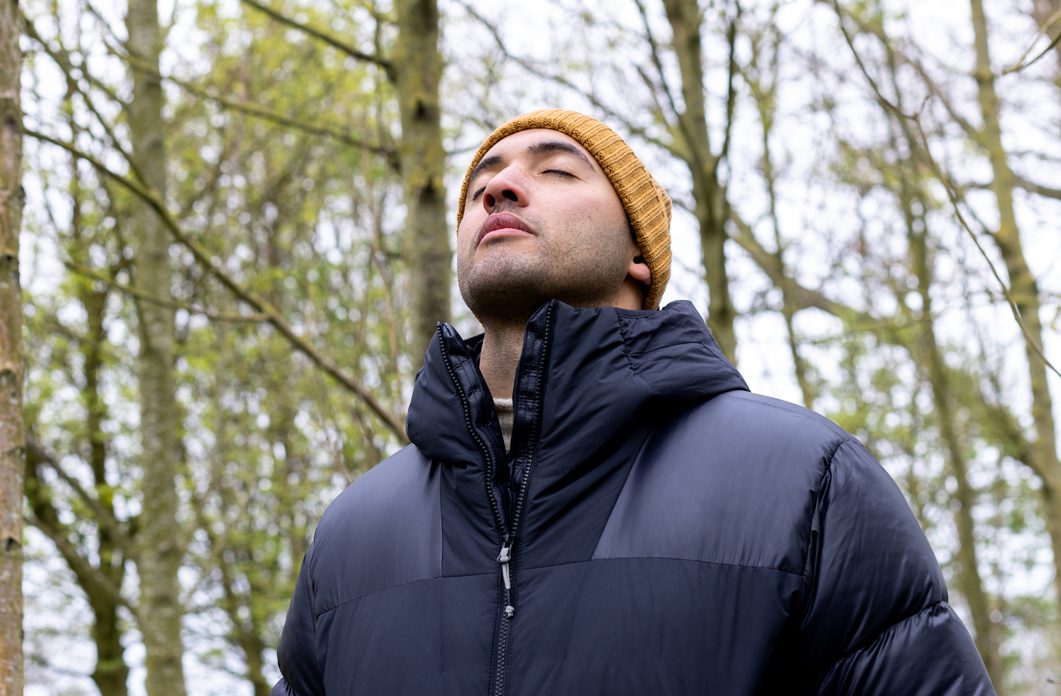Treatment for Suicidal Ideation
Treatment for Suicidal Ideation
It is common for people to experience suicidal ideation or thoughts of suicide at some point in their lives. At Creekside Behavioral Health, we understand that these thoughts or behaviors may arise from underlying conditions like depression, anxiety, hopelessness, insomnia, or panic attacks. Our compassionate mental health professionals offer intensive care tailored to adolescents and adults with suicidal tendencies, taking a holistic and individualized approach to healing that addresses the immediate crisis.

FOR IMMEDIATE HELP
Dial 9-8-8 for the Suicide & Crisis Lifeline. This is a national network of local crisis centers that provides free and confidential emotional support to people in suicidal crisis or emotional distress 24 hours a day, 7 days a week in the United States.
What's the difference between Suicidal Thoughts and Suicidal Ideation?
“Suicidal thoughts” and “suicidal ideation” are often used interchangeably, but they can have subtle differences in certain contexts:
Suicidal Thoughts: This term is broader and can refer to any thoughts about suicide, whether fleeting or persistent. These thoughts may come and go and might not always indicate a plan or a serious risk. It can include general, momentary, or intrusive thoughts without deeper contemplation or intent.
Suicidal Ideation: This is a more clinical term that refers to more structured and serious thinking about suicide. It implies a more sustained pattern where an individual may think about methods, plans, or have a consistent focus on self-harm or ending their life.
In essence, while all suicidal ideation involves suicidal thoughts, not all suicidal thoughts amount to suicidal ideation. Ideation is generally considered more severe, with potentially greater risk, and may require more immediate mental health intervention.

Suicide Risk Factors
Though risk factors do not cause or predict suicide, they may make it more likely that an individual will consider or attempt suicide. Risk factors for suicide may include:
- Mental disorders, particularly mood disorders
- Hopelessness
- Impulsive and/or aggressive tendencies
- Major physical or chronic illnesses
- Previous suicide attempt
- Family history of suicide
- Recent job or financial loss
- Recent loss of a relationship
- Easy access to lethal means
- Local clusters of suicide
- Lack of social support and sense of isolation
- Stigma associated with asking for help
- Lack of health care, especially mental health treatment
- Cultural and religious beliefs, such as the belief that suicide is a noble resolution of a personal dilemma
- Exposure to others who have died by suicide (in real life or via the media and Internet)
What To Watch For
A person experiencing thoughts of suicide may display the following signs and behaviors:
- Threatens to hurt or kill oneself
- Attempts to access weapons, medication, or other means of suicide
- Talks or writes about death
- Exhibits revenge-seeking behavior
- Talks about feeling trapped
- Talks about having no purpose
- Withdraws from friends, family, school, work, or other important relationships
- Engages in risky behavior

If you or a family member needs help with suicidal thoughts, get it now.
You aren’t the only one who is suffering.
Behavioral Effects of
Heroin Addiction
As the addiction to heroin progresses, a person commonly begins to show behavioral inconsistencies, including:
- Lying / Theft
- Substantial increases in sleeping
- Incoherent speech, rambling
- Lack of pride in personal hygiene and appearance
- Sudden distance from friends and family
- Borrowing money
- Extreme mood swings, manic behavior
- Emotional projection
Withdrawing From Heroin
The high of heroin is described as calm warmth spreading through the body. Users experience temporary feelings of happiness, contentment, and ease of any concerns.
But when the high wears off, the user will experience mild symptoms like irritability, anxiety, sweating, aching muscles, and insomnia. Then, if they don’t use again, they could start showing more severe symptoms like vomiting and intense muscle cramping.
Although withdrawal from heroin is not life-threatening, the effects can happen so quickly that an addict continues to use just to avoid “dopesickness.”
About Heroin Addiction Treatment
Sadly, the number of heroin-related deaths continues to rise. At Creekside, we support and believe in every individual’s ability to turn their life around and heal from heroin addiction. The first step is admitting you have a problem. Then, Creekside can help you start on the path to recovery.
We’ll walk with you through the difficult withdrawal process. We’ll prepare you for all that comes next in your ongoing recovery.
Your journey to sobriety can start today. Give us a call and save your life.
Health Risks From Heroin Use
There are many health risks associated with heroin abuse. Short-term risks include fatal overdose. Here are other potential risks:
- HIV/AIDS (intravenous use)
- Hepatitis C (intravenous use)
- Collapsed veins (intravenous use)
- Infection of the heart lining and valves
- Abscesses
- Cellulitis
- Liver Disease
- Pulmonary complications, including pneumonia
Some are from long-term use, but it only takes one dirty needle to contract HIV or Hepatitis C.